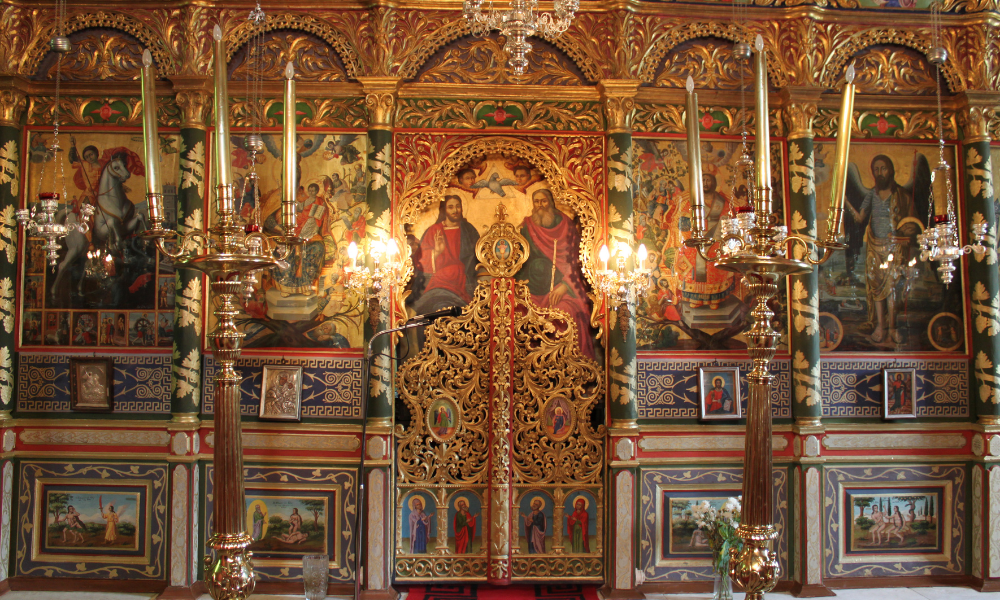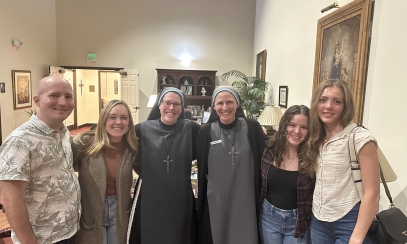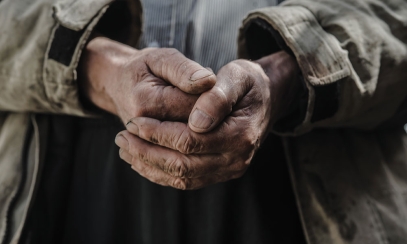
Eastern Catholics in Our Diocese and Around the World
As part of the ongoing Synodal Process, now extended through 2028, the Church has invited Roman Catholics to deepen our understanding of Eastern Christianity.
As part of the ongoing Synodal Process, now extended through 2028, the Church has invited Roman Catholics to deepen our understanding of Eastern Christianity.
On this topic, most Catholics think first about the Orthodox and have at least a vague concept of the Orthodox as somehow similar yet somehow different from us. To dig deeper is to find a treasure of diverse liturgical and spiritual traditions, new perspectives and controversies that will deepen our own grasp of the faith, and brothers and sisters in Christ that perhaps we never knew we had.
When the Apostles spread out from Jerusalem to preach the Gospel after Pentecost, they went in different directions, and wherever they established the Church the practice of the faith took shape a little differently. The sacraments used different words; prayers and music took on different styles. Differences in Eastern and Western Christianity that we see today in some cases go all the way back to the very beginning of the Church. Some of these differences were further entrenched and others developed when splits emerged in the Church from disagreements in 5th century over exactly how we should articulate who Jesus Christ is or in the 11th century over how much authority the Pope should have in determining how much diversity in doctrine and practice is acceptable or unacceptable.
As a result of these splits, most Eastern Christians today don’t belong to the Catholic Church. This doesn’t mean that they ever intended to leave the Church or that they need to make a change to return to her. Rather, we grew apart, and now we need to rediscover our common faith together so that communion between our churches can be restored. The Catholic Church still recognizes their sacraments as valid, but attending a non-Catholic liturgy doesn’t fulfill our Sunday obligation unless we can’t otherwise make it to a Catholic mass.
However, not all Eastern Christians are Orthodox. Some of them are Catholic, whose forebears either preserved or restored communion with the See of Rome. Most Catholics – about 98.5% of Catholics – are “Roman Catholics” or “Latin Catholics.” We belong to the “Latin Church.” The other approximately 1.5% Catholics belong to the 23 Eastern Catholic Churches that, together with the Latin Church, make up the Catholic Communion. We all share the same faith, as well as communion with the Pope in Rome, but Eastern Catholics have their own parishes and dioceses and their own liturgical traditions that differ from Latin ones. Because Eastern Catholics are Catholic, we can freely attend their liturgies, and doing so fulfills our Sunday obligation.
Within the territory of the Diocese of St. Petersburg, there are seven Eastern Catholic parishes, which practice three of the five major liturgical traditions of the Christian East. Four of these parishes belong to the Byzantine Rite. Just as our liturgical tradition – the Roman Rite – developed in the Church of Rome established by St. Peter, legend tells us that St. Andrew preached in the region of Byzantium, later called Constantinople and today Istanbul. The four Byzantine parishes belong to the Ukrainian Greek Catholic Church and the Ruthenian Greek Catholic Church:
• Epiphany Ukrainian Catholic Church in St. Pete,
• St. Andrew’s Ukrainian Catholic Church in Brooksville,
• St. Therese Byzantine Catholic Church in St. Pete, and
• St. Anne’s Byzantine Catholic Church in New Port Richey.
Two of the Eastern Catholic parishes in the territory of our Diocese belong to the Syro-Malabar Catholic Church, which practices the East Syriac Rite and traces back to the preaching of St. Thomas the Apostle in southern India:
• St. Joseph’s Syro-Malabar Catholic Church in Seffner and
• Sacred Heart Knanaya Catholic Church in Brandon.
Finally, there is a parish of the Maronite Catholic Church, which practices her own style of the West Syriac Rite and traces her roots to the preaching of the Apostles in Lebanon and the 4th century saint St. Maron:
• Sts. Peter and Paul Maronite Catholic Church in Tampa.
The presence of our Eastern Catholic brothers and sisters is a great blessing to our Diocese, and an opportunity for us Roman Catholics to participate in the different traditions of prayer and liturgy from the Christian East. The Church values each of these ancient traditions of Christian practice and sees in them a beautiful witness to her own earliest evangelism.
For information and contact details for Eastern Rite Catholic Churches, click here.



